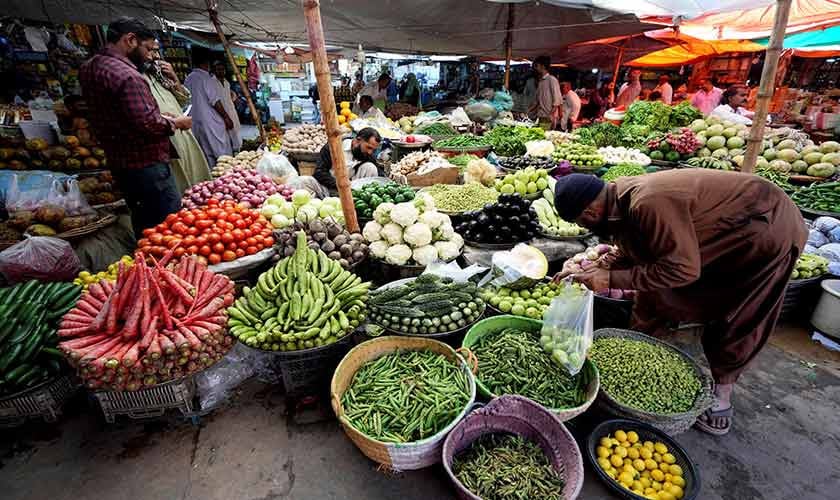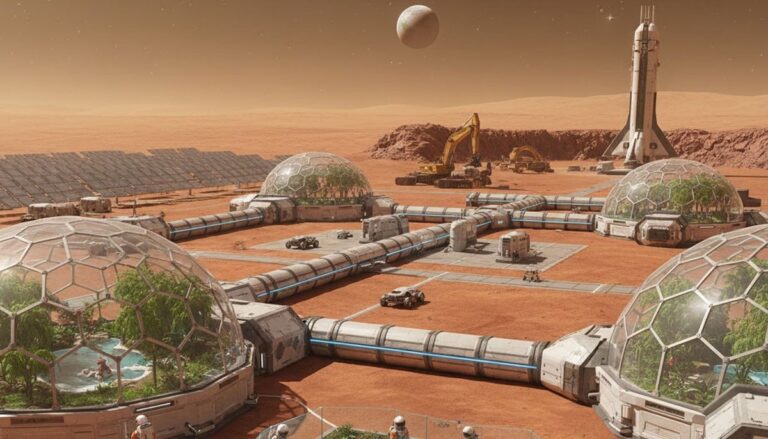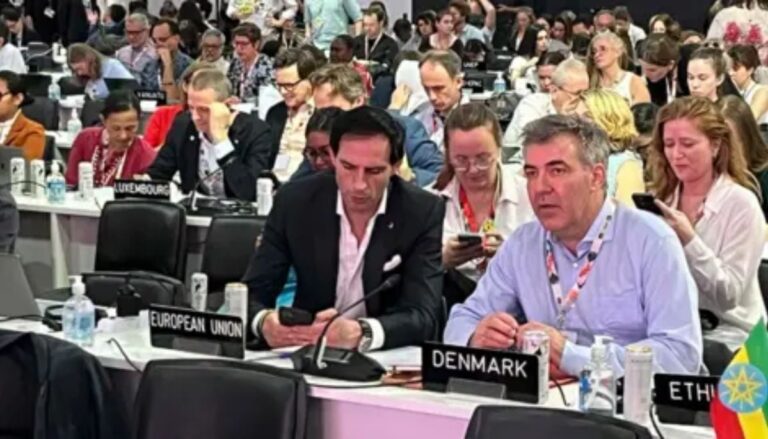
#Understanding #budget #priorities #Political #Economy
o Administration of a country’s economy, one government mainly relies on two types of economic policies: monetary policy and financial (budget) policy. The goals of these policies usually include controlling inflation and unemployment, increasing economic growth and maintaining payments. In recent times, the role of financial policy has been mostly limited to controlling inflation. As a result, the importance of financial policy has increased significantly.
This raises the question: Will the federal budget of the fiscal year 2025-26 achieve these goals? Will this help reduce poverty and unemployment?
The budget size is Rs 17,573 billion, which is less than Rs 1,304 billion over the previous year. Rs 16,286 billion (93 %) has been allocated for current (non -development) expenditure and Rs 1,287 billion (7 %) allocated for development expenditure.
In current costs, the biggest component is interest payments. This amount is Rs 8,207 billion (47 % of the total budget). In particular, the total costs of federal and provincial governments on health and education in the last four years have exceeded Rs 879 billion. After interest payments, 88 % will be used to serve domestic loans and pay 12 % of foreign loans.
The second largest component of current spending is to spend defense, which is 15 % of the budget. Given regional tensions, this emission is considered inevitable. The third largest component is grant and transition. For this, Rs 1,928 billion (11 % of the total budget) has been allocated. An important part of this has been allocated for social protection, which includes Rs 722 billion for the Benazir Income Support Program, a 21 % increase over the previous year.
Next subsidy. All allocated is Rs 1,186 billion (7 % of the total budget). Of this, Rs 1,032 billion (87 %) is for the power sector, which includes Rs 125 billion for Karachi Electric.
It is noteworthy that when the government is providing subsidy to the power sector, it has also imposed an 18 % sales tax on the solar panel, making it difficult for people to invest in renewable electricity. According to a newspaper report, this tax is expected to generate 20 billion rupees.
The fifth is the allotted pension. This is 6 % of the total budget for Rs 1,055 billion. In this, 70 % of military pensions are for pensions, and 23 % for civilian pensions. [What is the rest for?] The next federal government is the operational costs, for which 971 billion (5.5 % of the total budget) has been allocated. The last major category is an emergency and emergency cost, for which Rs 389 billion (2.2 % of the total budget) has been allocated.
In current costs, the biggest component is interest payments. Now it is Rs 8,207 billion (47 % of the total budget). In this amount, the total expenditure on health and education by the federal and provincial governments has exceeded Rs 879 billion in the last four years.
Note that development costs are limited to Rs 1,287 billion (7 %), which includes Rs 1,000 billion for the Public Sector Development Program (PSDP). Minor development costs have been discussed on the IMF’s emphasis on reducing government spending.
By revenue, the government expects to receive a tax revenue of Rs 14,131 billion, and will receive Rs 5,147 billion from non -sources of tax. Of these, 8,206 billion rupees will be transferred to the provinces. This has left the federal government from domestic sources with Rs 11.072 billion after the provincial transfer.
In tax revenue, direct taxes contain 48.8 %, and, indirect taxes are 51.2 %. The growing section of direct taxes is a positive sign. The proportion of indirect taxes – especially the taxes and services, should be further reduced. Last year’s budget was a strong pressure to bring retailers and wholesalers into a tax net. It seems that there has been little progress on this front.
The total income of the federal government is Rs 11,072 billion and the total expenditure is Rs 17,573 billion. This leaves it a budget deficit of Rs 6.501 billion. A portion of this deficit will be covered through aid and privatization, but most of them will be financed by a loan of close to 97 %. This means that in the coming years, the loan loan (the principal) will be a major challenge.
One can conclude that although the current focus is on keeping the account deficit, the effects of measures to overcome poverty, inflation and unemployment are uncertain.
The minimum wage has not been amended, though after the introduction of carbon levy, the price of petrol will be Rs 2.5 per liter. Problems like cheap housing, access to clean water and cheap electricity power are restricted. The most poor, the BISP can offer short -term relief. However, for long -term solutions, creating employment opportunities, promoting industrial development, promoting law and order, and providing interest -free loans to small and cottage industries.
Author is Assistant Professor at the Applied Economics Research Center, University of Karachi. It can be arrived at mrammad@gmail.com.






